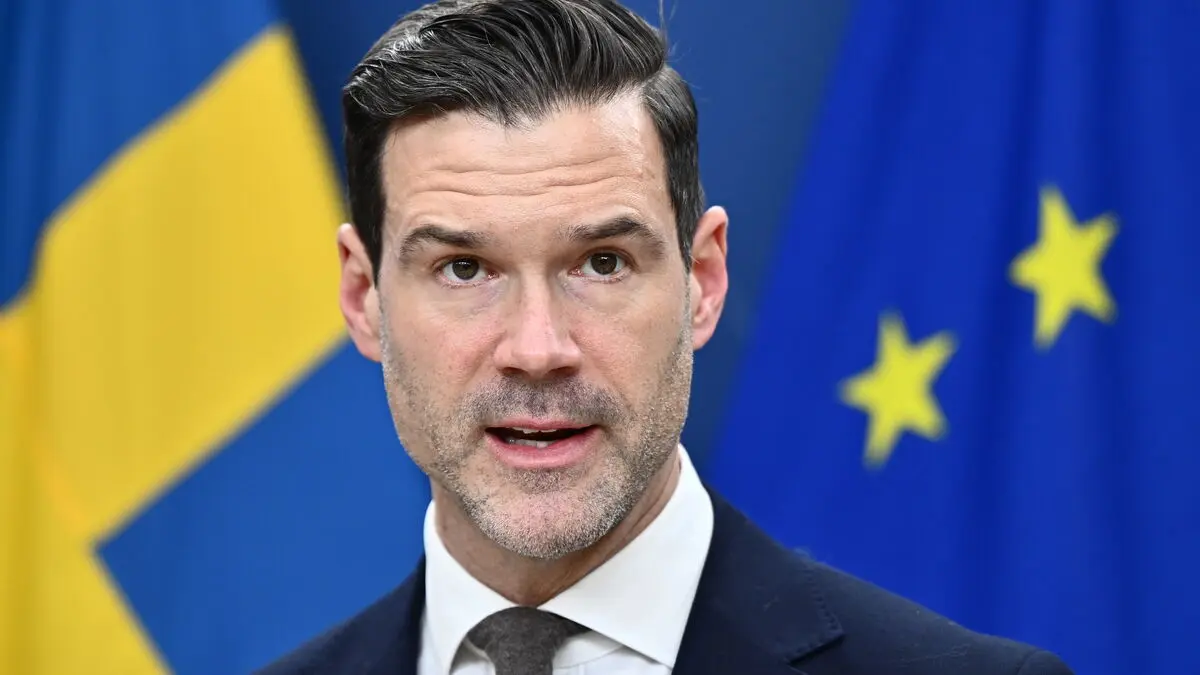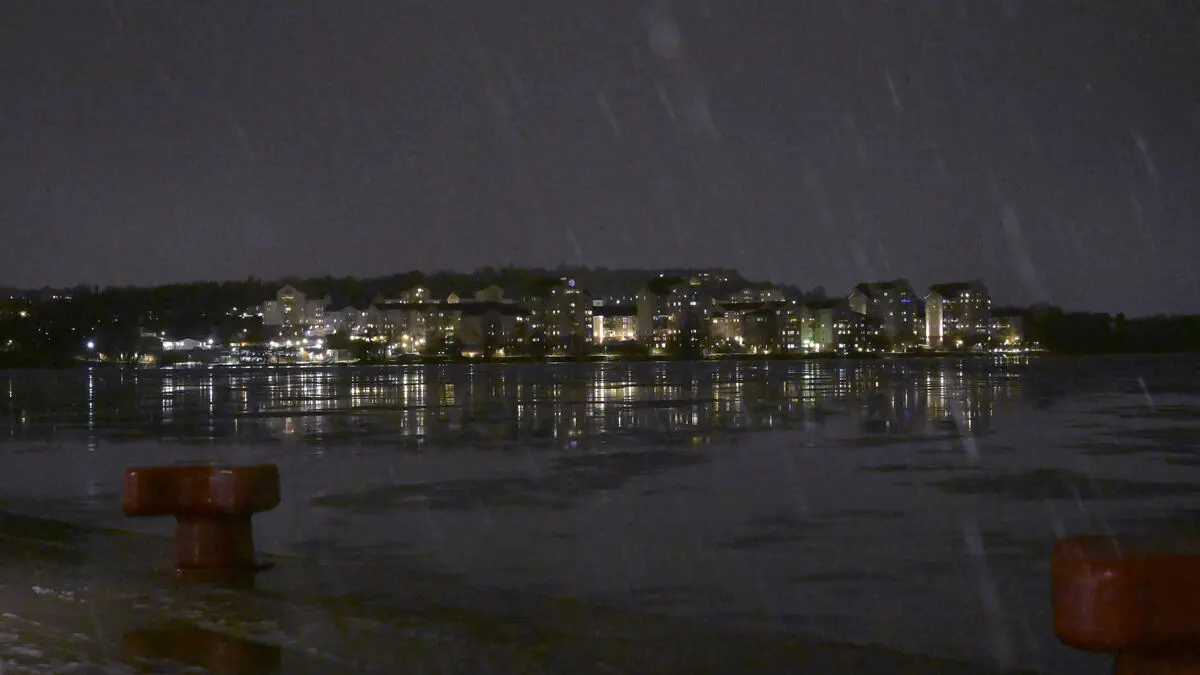The South Swedish dialect, which covers regions like Skåne is largely influenced by Denmark considering the past colonialism and it is rich in rounded tonal vowels and softer sounds phonetics. On the other hand, Norrland dialects are found in the north of the country and bear more conservative elements and heavy influences in terms of geography and ethnology largely by emotions. These are measured and haunting in their cadence and the stinging vowels are very much stretched out (Bunnysweden).
Although Finland Swedish is a variety of Swedish spoken by the Swedish-speaking population of Finland, it is distinguished by the relative absence of tone. It features a more basic accent and distinct vocabulary than other Swedish dialects, influenced by Finnish culture.
With each period, more and more interesting things appeared around Gotland, and in its dialect traces of such an ancient language as Old Norse were found. Due to this island dialect, a metroid with its own ‘songs’ like structures – which is distinct from the Swedish spoken on the mainland – is evident.
The Götamal Dialect Group situated in Western Sweden and Svealand Dialects which are situated in the central part of the country are said to be more like the standard Swedish spoken, however, these still have local accents and other intonations.
Even though modern media has popularized standard Swedish language, the regional varieties are still alive and provide an interesting perspective into the ethnic enrichment of Sweden.





